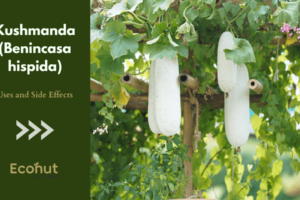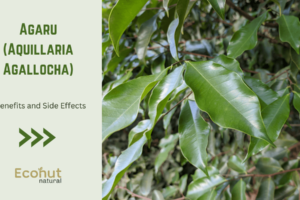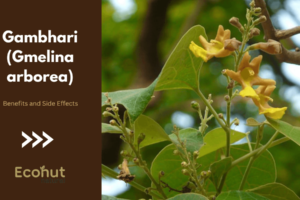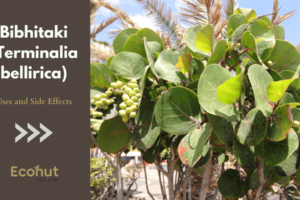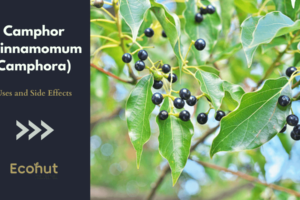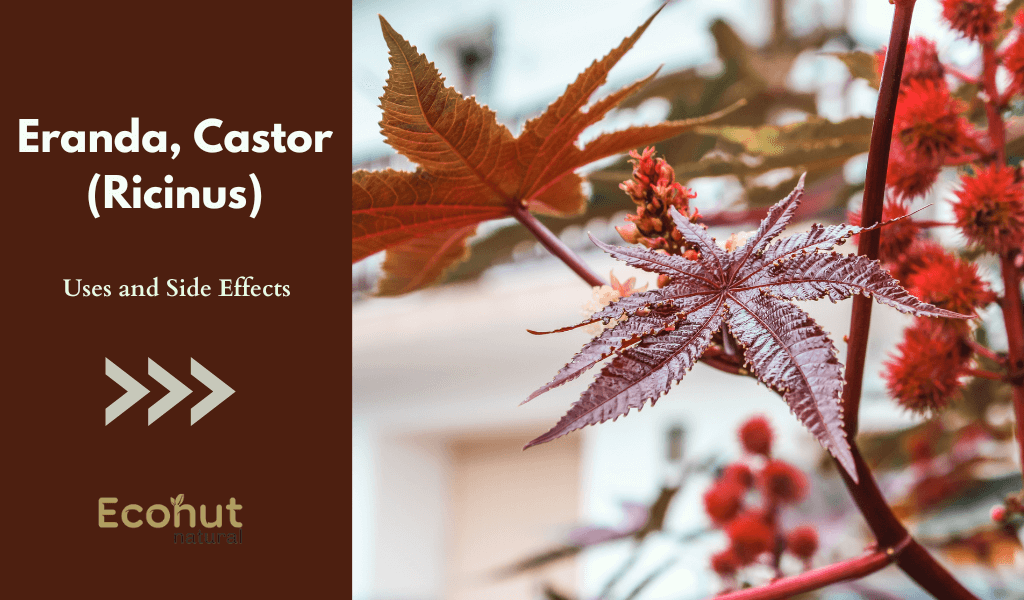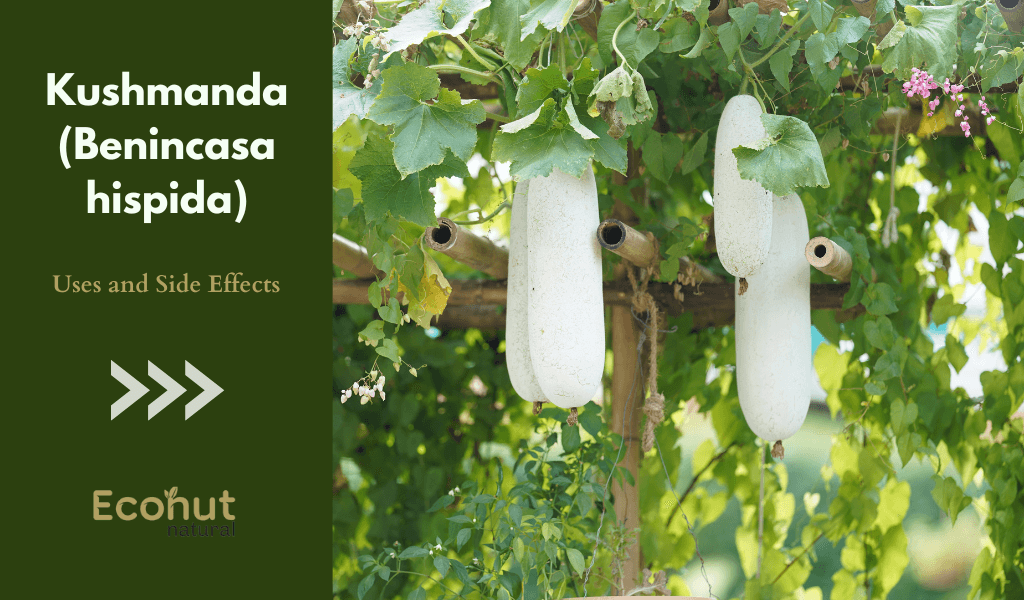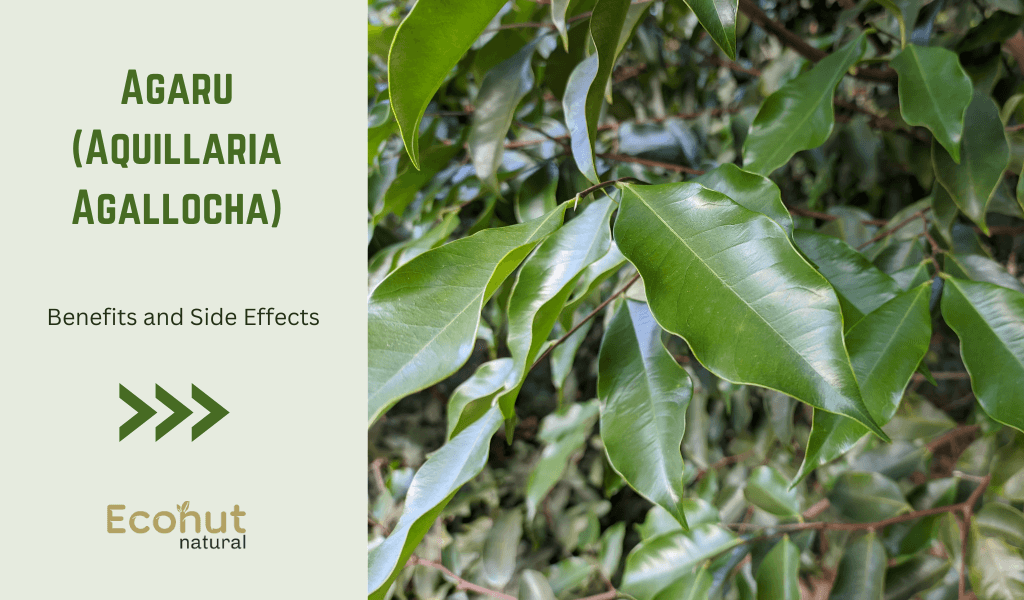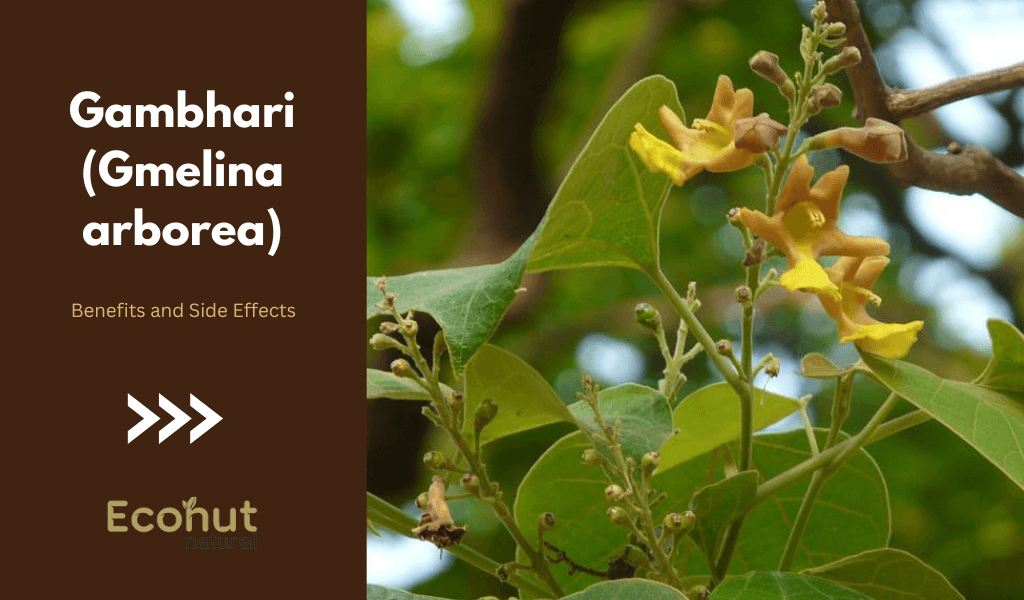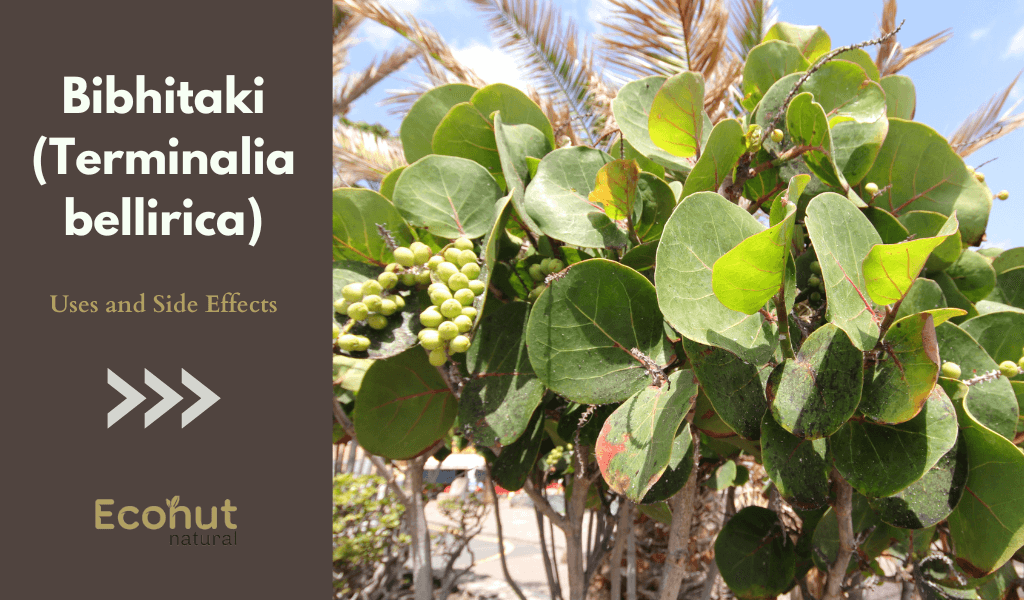Eranda, Castor (Ricinus), the castor bean or castor oil plant is a species of perennial flowering plant in the spurge family, Euphorbiaceae.
This Plant is the sole species in the monotypic genus, Ricinus, and subtribe, Ricininae. The evolution of castor and its relation to other species are currently being studied using modern genetic tools.
It reproduces with a mixed pollination system which favors selfing by geitonogamy but at the same time can be an out-crosser by anemophily (wind pollination) or entomophily (insect pollination).
Its seed is the castor bean, which despite the term is not a bean (as it is not the seed of a member of the family Fabaceae). Castor is indigenous to the southeastern Mediterranean Basin, East Africa, and India, but is widespread throughout tropical regions (and widely grown elsewhere as an ornamental plant).
Castor seed is the source of castor oil, which has a wide variety of uses. The seeds contain between 40% and 60% oil that is rich in triglycerides, mainly ricinolein. The seed also contains ricin, a highly potent water-soluble toxin, which is also present in lower concentrations throughout the plant.
Description
- Eranda, Castor (Ricinus) is a fast-growing, suckering shrub that can reach the size of a small tree, around 12 metres (39 feet).
- The glossy leaves are 15–45 centimetres (6–18 inches) long, long-stalked, alternate and palmate with five to twelve deep lobes with coarsely toothed segments.
- In some varieties they start off dark reddish purple or bronze when young, gradually changing to a dark green, sometimes with a reddish tinge, as they mature.
- The leaves of some other varieties are green practically from the beginning, whereas in yet others a pigment masks the green color of all the chlorophyll-bearing parts, leaves, stems and young fruit, so that they remain a dramatic purple-to-reddish-brown throughout the life of the plant.
- Plants with the dark leaves can be found growing next to those with green leaves, so there is most likely only a single gene controlling the production of the pigment in some varieties. The stems and the spherical, spiny seed capsules also vary in pigmentation. The fruit capsules of some varieties are more showy than the flowers.
- The flowers lack petals and are unisexual (male and female) where both types are borne on the same plant (monoecious) in terminal panicle-like inflorescences of green or, in some varieties, shades of red.
- The fruit is a spiny, greenish (to reddish-purple) capsule containing large, oval, shiny, bean-like, highly poisonous seeds with variable brownish mottling. Castor seeds have a warty appendage called the caruncle, which is a type of elaiosome.
- The male flowers are numerous, yellowish-green with prominent creamy stamens; the female flowers, borne at the tips of the spikes, lie within the immature spiny capsules, are relatively few in number and have prominent red stigmas.
Eranda, Castor (Ricinus) Vernacular Names
Hindi name: Erand, Redi, Erend
English name: Castor, African Coffee Tree, Arandi
Bengali name: Rehri, Bhairenda
Telugu name: Amudamu
Sinhala Name: Endaru
Persian Name: Ved Anjir
Marathi Name: Erandi
Malayalam Name: Avanakku
Gujarati Name: Diveligo, Diveli Erandi
Kannada Name: Haralu, Manda
Farsi Name: Bed Anjeer
Arabian Name: Khirva
Assam Name: Eri
Bengali name: Bherenda, Rehri, Bhaerand
Tamil name: Amanakku, Amanakkam
Nepali Name: Areta, Orer
Punjabi Name: Aneru, Arand
Chinese Name: Pee – Ma
Egyptian Name: Kiki
Scientific Classification of Eranda, Castor (Ricinus)
| Kingdom | Plantae |
| Phylum | Spermatophyta |
| Order | Euphorbiales |
| Family | Euphorbiaceae |
| Subphylum | Angiospermae |
| Class | Dicotyledonae |
| Genus | Ricinus |
| Species | Ricinus communis |
Ayurvedic Properties
Hindi / Sanskrit
Rasa, Madhur, katu, Kashaya
Guna, Snigdha, Sookashma, Teekshna
Veerya, Ushna
Vipaka, Madhura
English
Taste, Sweet, Pungent, Astringent
Physical Property, Unctuous, Minute, Sharp
Potency, Hot
Metabolic Property (After Digestion), Sweet
Benefits of Eranda, Castor (Ricinus)
Eranda, also known as Castor (Ricinus communis), has a long history of medicinal use and offers several potential health benefits. We discuss some of benefits regarding castor are below.
Laxative Properties:
This herb most famous for its laxative effects. It include ricinoleic acid, which stimulates the smooth muscle contractions in the intestines, promoting bowel movements. It’s used to relieve constipation.
Useful in Skin Health:
Castor oil is mostly used topically for various skin conditions. It has moisturizing properties and can help soothe dry, irritated skin. It’s contain antimicrobial properties, which may help in treating minor skin infections and acne.
Useful in Anti-inflammatory Effects:
The main component of castor oil is Ricinoleic acid, They include anti-inflammatory properties. It makes castor oil useful for reducing inflammation and pain when applied topically to sore muscles and joints.
Useful For Hair Care:
Castor oil is most popular in hair care products and treatments. It’s to nourish the scalp, promote hair growth, and improve the overall condition of the hair. Some people use it as a natural remedy for conditions like dandruff and hair loss.
Caster Oil For Boosting Immunity:
A medical science found 36 healty properties. Castor oil helps in increase of T-cells in your body. Castor seeds contain antimicrobial properties. It protect you from infections and diseases. This herb is used to produce pathogens and dismantle disease-causing microorgamisms so preventing you from diseases. castor oil can be used as an immunomodulatory therapy in form of packs given on the spleen or thymus (major organs for immune function).
Eranda, Castor (Ricinus) for Bone Regeneration:
Caster oil contain multiple health benefits. And it benificial for bonn. Some Medical science agree the castor oil is useful to regenerate new bonn. In castor oil contains phytochemical is responsible for this action.
For Use in Wound Healing:
Castor contain anti-inflammatory and antimicrobial properties of may useful to its ability to aid in wound healing. It can be applied topically to minor cuts, scrapes, and bruises.
Use in Inducing Labor:
In modern medicine, castor oil has been used to induce labor in pregnant women. However, its use for this purpose should be done under medical supervision due to potential risks.
Parts Used
- Roots
- Leaves
- Fruits
- Seeds
Side Effects of Eranda, Castor (Ricinus)
The Castor is carries potential side effects, especially when used in large quantities or inappropriately. Here are some common side effects regarding with the use of castor oil:
It Produce Gastrointestinal Irritation:
Castor Oil commen side effect is gastrointestinal irritation, including nausea, vomiting, and diarrhea. Because castor oil stimulates the smooth muscles of the intestines, leading to increased bowel movements.
Responcible for Dehydration:
Excessive diarrhea caused by castor oil can lead to dehydration if fluid intake is not adequately maintained.
Castor Allergic Reactions:
Some peoples may experience allergic reactions to castor oil, It produce manifest as skin irritation, hives, itching, or swelling. In some cases, anaphylaxis may occur.
Responcible for Miscarriage:
Castor Oil without consulting a healthcare professional may stimulate uterine contractions and potentially lead to miscarriage. So, Pregnant women should not use.
Kidney Damage Issue:
Castor Oil Long-term use is invitation deasease kidney damage due to its effects on electrolyte balance and dehydration.
Produce Skin Irritation:
Castor Oil may cause skin irritation or allergic reactions in sensitive public when applied topically.
Rectal Bleeding Problem:
In some cases, the irritation caused by castor oil on the intestinal lining may lead to rectal bleeding. It may be very dangerous.
Dosage:
Seed Oil: 3-5 drops
Powder: 1-3gm
Also Read: Ushira, Vetiver (Vetiveria Zizanioides): Uses, Benefits and Side Effects
Conclusion
Ricinus communis, commonly known as castor oil plant. The plant is notable for its seeds, which are the source of castor oil. The oil has various industrial and medicinal uses, though it’s perhaps best known as a laxative. However, it’s essential to use it with caution due to its potent effects.
FAQS
What are the health benefits of castor oil?
Castor Oil health benefits include wound healing, relieving constipation, moisturizing skin, and reducing inflammation etc.
How is castor oil used topically?
It can be applied directly to the skin or mixed with other ingredients to make skincare products. Some popular uses include moisturizing dry skin, treating acne, reducing inflammation, and promoting wound healing.

